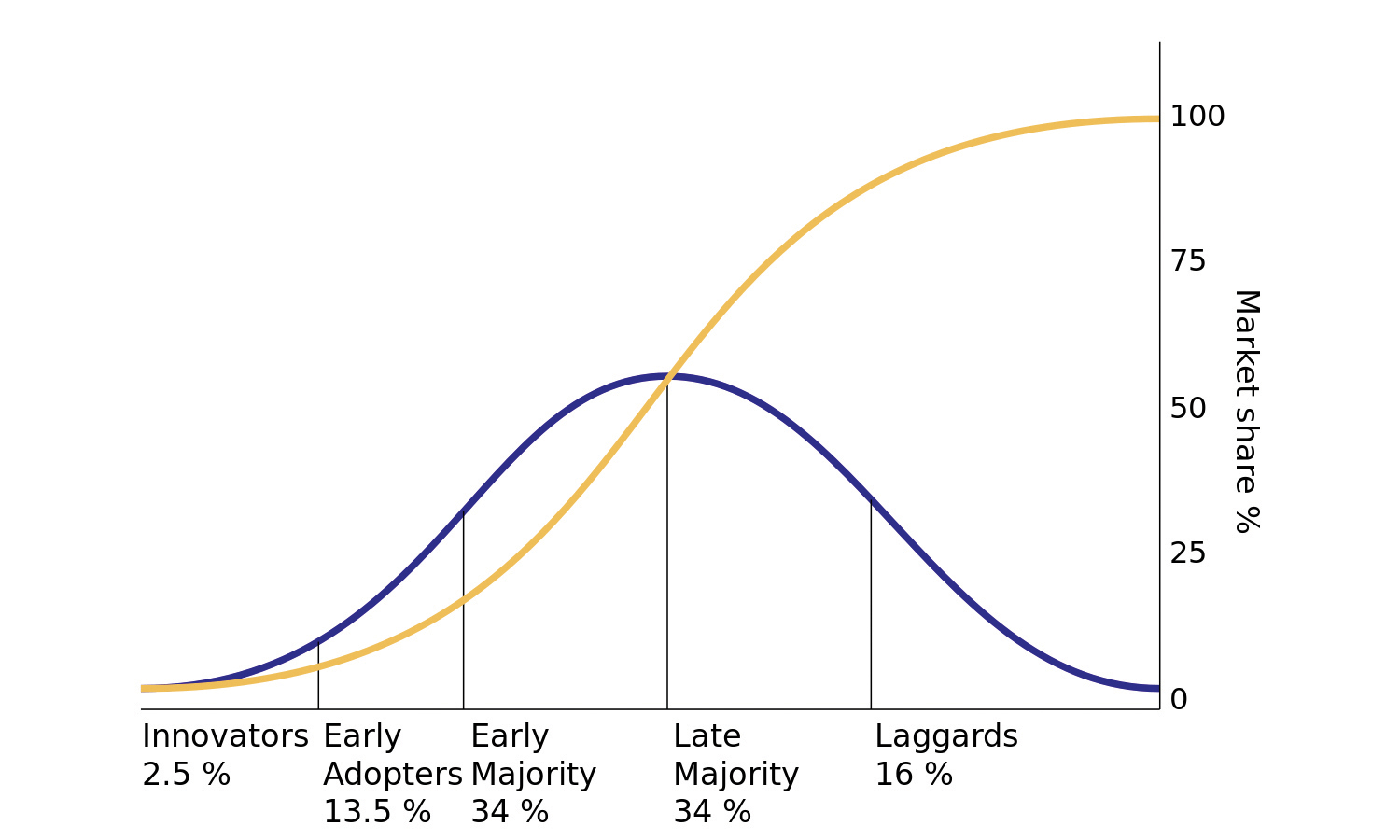Encouraging your agents to adopt new technology can seem like a 5,000-piece puzzle. Where to begin? How to finish?
Unused technology, from a broker’s standpoint, is disheartening and wasteful, creating stress for all parties. For your next service launch, consider the 5-Over-5 Method before rolling out your new purchase.
Understanding how humans communicate and adopt new technology sets the foundation for this method, which is based on two theories:
- Agents need to know the answers to five vital questions from the start. Ambiguity at the start will lead to failure.
- Agents fall into five adoption categories based on their attitude toward new technology. Each category requires a nuanced communication plan with different training methods.
To successfully implement anything, from a new tool to an updated process, you must set expectations and take time to address concerns—before agents ask you. Providing the full scope of information right away squashes doubts and worries before they have a chance to take root in agents’ minds.
Answer 5 Questions
Don’t be fooled by these seemingly basic questions. They’re simple, but if you skip over any of them in your communication plan, the process to drive adoption rapidly breaks down:
- Why did the brokerage choose this solution?
- What is this solution?
- How is this solution going to make the agent more successful?
- When will the solution be available?
- Who will help the agent if they need it?
Advise the 5 Categories
In 1962, sociologist Everett Rogers published the Diffusion of Innovations, a theory measuring technology adoption. He’s credited with a popular graph showing a normal distribution curve divided into five categories of adopters over time.
- Innovators: Tech-savvy, risk takers; won’t need much assistance after roll-out; great ambassadors
- Early Adopters: Positive attitude toward change if benefits are clear; learn and adopt best in small groups
- Early Majority: Adopt when they see others succeed first; require plenty of learning opportunities
- Late Majority: Same as early majority, but require additional one-on-one assistance and time to adopt
- Laggards: Negative attitude toward change; may never adopt; could be non-performing, moving to retirement, or using a different solution
Apply Rogers’ research to your own population of agents when developing your own communication plan. For example, Early Majority agents typically comprise about 34 percent of your population. Since these agents are willing to work hard with tried-and-true methods, but need to see proof of success before changing their processes, gather testimonials from your Innovators and Early Adopters as soon as possible. Innovators and Early Adopters can be your ambassadors in motivating the larger population to adopt new technology, so include them or their quotes in every training session.
Still have more questions? My team has designed a workbook with examples you can download: http://go.imprev.com/5questions.
 Bill Yaman is president and chief operating officer at Imprev, a marketing automation provider for real estate. He is an empowering leader with deep experience in general management, sales and marketing, product management and business development. Learn more at www.imprev.com.
Bill Yaman is president and chief operating officer at Imprev, a marketing automation provider for real estate. He is an empowering leader with deep experience in general management, sales and marketing, product management and business development. Learn more at www.imprev.com.





